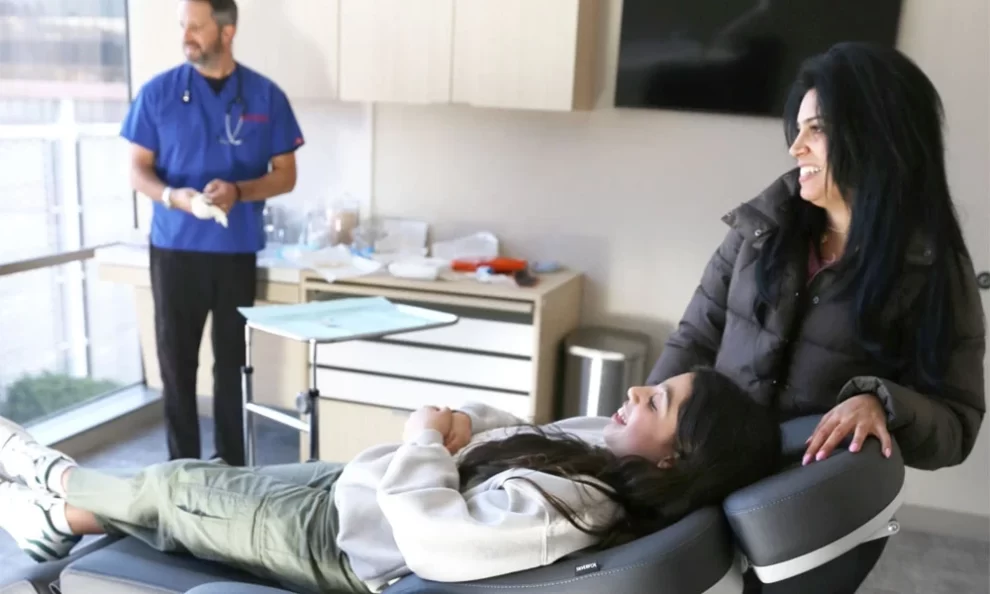Dealing with difficult patients can pose a daunting challenge for pediatricians. This challenge becomes intensified when the patient happens to be a child, making communication and treatment tricky. But there’s hope. The Argyle cold/flu strategy, among others, can work wonders in such situations. In this blog, we will delve into these strategies, helping pediatricians turn difficult scenarios into positive healthcare experiences.
Understanding Pediatric Patient Behavior
Pediatric patients can exhibit a range of behaviors. Some are cooperative while others may show resistance or fear. Understanding these behaviors is the first step toward managing them effectively. This study provides a detailed look at different behaviors and their possible causes.
Effective Communication Strategies
Clear, compassionate communication forms the backbone of successful pediatric care. By speaking in clear, simple terms, pediatricians can help kids understand what’s happening. This can reduce fear and encourage cooperation.
Use of Distraction Techniques

Distracting a child during a procedure can make a world of difference. This can involve simple tricks like blowing bubbles, telling stories, or using toys. Simple acts can turn a potentially scary experience into a more positive one.
‘Argyle cold/flu’ Strategy
Made popular by the Argyle Pediatrics, the Argyle cold/flu strategy focuses on symptom-based management. It’s all about helping the child feel better while their body fights off the illness. A detailed explanation of this strategy can be found here.
Comparison of Different Strategies
| Strategy | Benefits | Difficulty of Implementation |
| Clear communication | Reduces fear, encourages cooperation | Easy |
| Distraction techniques | Reduces fear, distracts from pain | Easy-Moderate |
| ‘Argyle cold/flu’ | Helps manage symptoms, reduces discomfort | Moderate |
In conclusion, turning a difficult pediatric patient situation into a positive experience is achievable. It takes understanding, compassion, and the right strategies. It’s about making children feel safe and comfortable, even when they’re not feeling their best.




